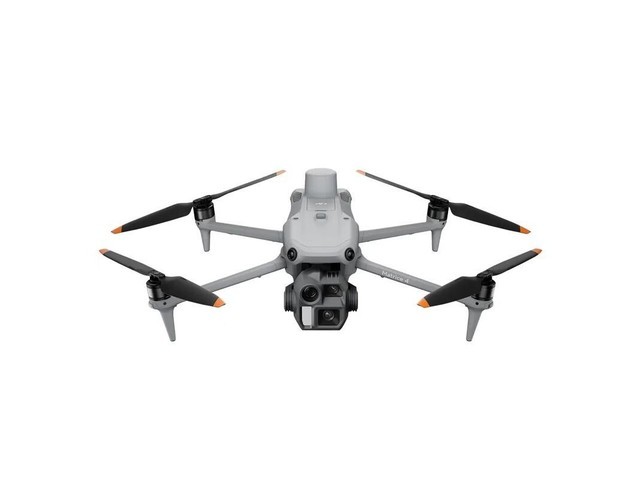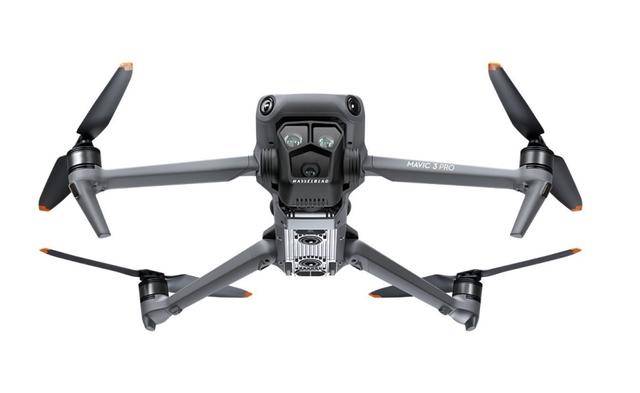Exploring the World of FPV Drones
FPV drones, or First Person View drones, have revolutionized the way enthusiasts and professionals interact with aerial technology. These drones allow users to experience flying as if they were actually on the drone, offering a unique and immersive experience. In this article, we’ll delve into what makes FPV drones so special, how they work, and what you should consider if you’re thinking of getting one.

Understanding FPV Technology
At the core of FPV drones is the live video feed transmitted from the drone’s camera. This feed, often delivered via radio frequency to the pilot’s goggles or screen, enables real-time navigation, providing the sensation of being in the cockpit. Most FPV systems operate on frequencies such as 2.4GHz for control and 5.8GHz for video transmission, ensuring a strong connection in various environments.
Components of FPV Drones
- Camera: Typically mounted at the front, the camera captures live footage. Quality varies with models, ranging from affordable to high-end setups with superior image resolution.
- Video Transmitter: Sends the video signal from the camera to the pilot. Power and range differ based on transmitter capabilities.
- Flight Controller: The drone’s ‘brain’, responsible for managing controls and stabilization during flight.
- Goggles/Monitor: Allows pilots to view real-time footage from the drone’s camera. Goggles offer a more immersive experience compared to monitors.
Types of FPV Drones

FPV drones come in various shapes and sizes, catering to different purposes:
- Racing Drones: Built for speed and agility, these drones are preferred for competitions and thrill-seekers. They typically boast lightweight frames and robust motors.
- Cinematic Drones: Designed for capturing high-quality video footage, these drones focus on stability and camera quality, ideal for filmmakers.
- Freestyle Drones: A versatile option for both racing and aesthetic maneuvers, allowing pilots to express themselves with acrobatic flights.
Benefits of Using FPV Drones
FPV drones provide numerous advantages. The main benefit is the immersive experience, offering pilots a direct point-of-view as they navigate the skies. Additionally, these drones enhance navigation precision, making them ideal for complex environments or tasks requiring exact movement. Moreover, their applications span across industries, from cinematography to search and rescue operations.
Getting Started with FPV Drones
If you’re new to FPV drones, consider starting with a budget-friendly model to familiarize yourself with controls and settings. Ensure you have a proper understanding of the legal regulations surrounding drone usage in your area. Safety should be your priority, so practice flying in open spaces and gradually explore more challenging terrains. Always use eye protection when operating goggles, as prolonged exposure can cause discomfort.
Frequently Asked Questions
How do I choose the right FPV drone? Start by identifying your purpose: racing, cinematics, or freestyle. Consider budget, ease of use, and whether you prefer building your own drone or purchasing a ready-to-fly model.
Can I use FPV drones indoors? While possible, indoor use requires additional caution due to space constraints. Ensure the drone is suitable for indoor flight and has stability features.
Do FPV drones have legal restrictions? Yes, regulations vary globally and often include altitude limits and permissions for certain areas. Always research local laws before flying.